Many iconic images have helped to shape our world by creating awareness and a common consciousness about certain social issues. Achieving this with photographs is great for any photographer, but some pictures have gone the extra mile and have become embedded in our culture in a symbolic way. They have achieved the powerful state of becoming a symbol of pop culture, which is far beyond what their creators could ever have imagined what their pictures could be.
On this occasion, I want to talk about seven images that, in my opinion, broke the barrier of being just iconic photographs to become symbols. Images we have seen on murals, signs, t-shirts, souvenirs, and practically any commercial good. These images are the equivalent of the viral content of our today but have a more indelible and enduring nature than the ephemerality of most of our present-day content.
1. V-J Day in Times Square – Alfred Eisenstaedt – 1945
The first image on our list is the iconic scene captured by Alfred Eisenstaedt (Victor Jorgensen took a picture of the same scene, but Eisenstaedt's composition had more exposure), that marked the end of the Second World War. Soldiers and nurses were key during the bloody confrontations of war, and these two subjects symbolized them almost universally.
Their identities are not so important, as we’d rather perceive the euphoric joy people had at the end of the war. The image has been reproduced countless times in everything from Lego figures to the intro of the movie Watchmen.
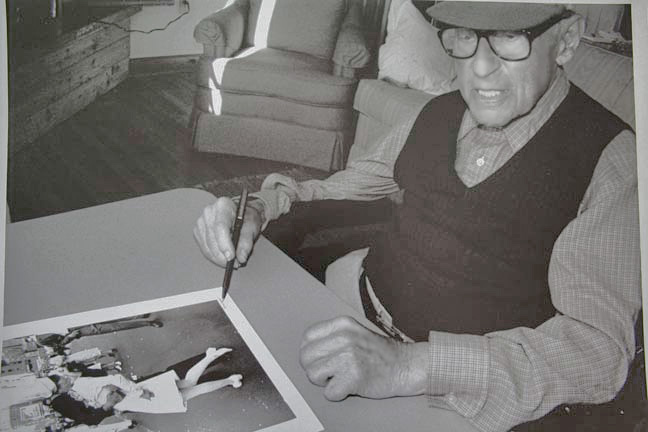
2. Einstein’s 72nd birthday – Arthur Sasse – 1951
Albert Einstein has often been the subject or inspiration for many works related to popular culture. In 1951, the photographer Arthur Sasse had a golden opportunity to portray the genius in the funniest way possible. It was Einstein's 72nd birthday, and Sasse was trying to make him smile for a picture.
Einstein tried to outwit the photographer and stuck out his tongue, believing that the photographer wouldn’t be able to get the shot, but Sasse was quick and captured it perfectly. In June 2009, the original image sold at auction for $ 74,324.00, setting a record for a photo of Einstein.
The image has stood alone and has been used many times in popular culture to illustrate issues related to satire and humor.
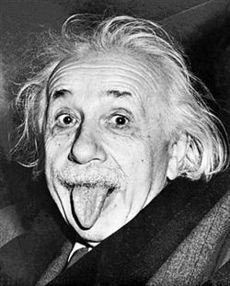
3. Marilyn Monroe's Flying Skirt – Sam Shaw – 1954
The famous image is part of a movie filmed by director Billy Wilder. In the script, the protagonists of the scene (Monroe and Tom Ewell) leave a cinema, and when passing a subway vent in the sidewalk, Monroe’s skirt blows upwards.
Despite not having seen the film, nor having grown up with Marilyn as a sex symbol, the image has been seen by countless people in the twentieth and twenty-first centuries.
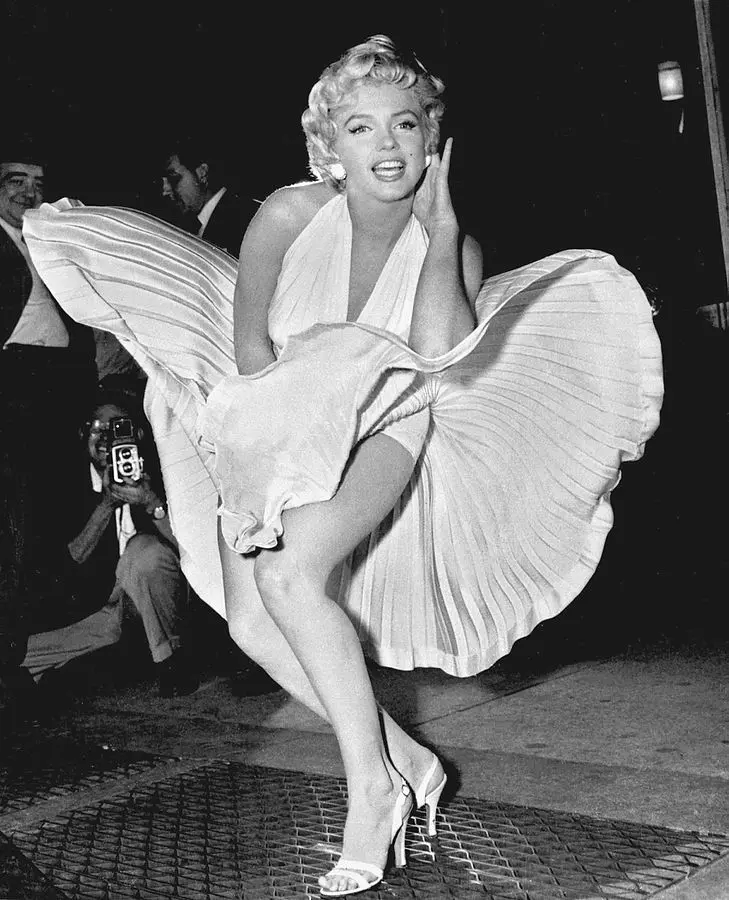
4. Guerrillero Heróico – Alberto Korda – 1960
On March 4th, 1960, the French cargo ship La Coubre was transporting weapons from Belgium to Cuba to equip Castro's regime. The ship exploded, and Castro blamed the United States for the event, in which more than 75 people died.
A solemn funeral was held in Havana the next day. During the ceremony, speakers said a few words, and Alberto Korda shot two images of Ernesto “Che” Guevara. He did not notice Korda photographing him, and over time the image became iconic. Korda photographed Guevara in a remarkable way, but he was never happy with the fact that the image was used commercially in a way totally contrary to the beliefs that Che died for.
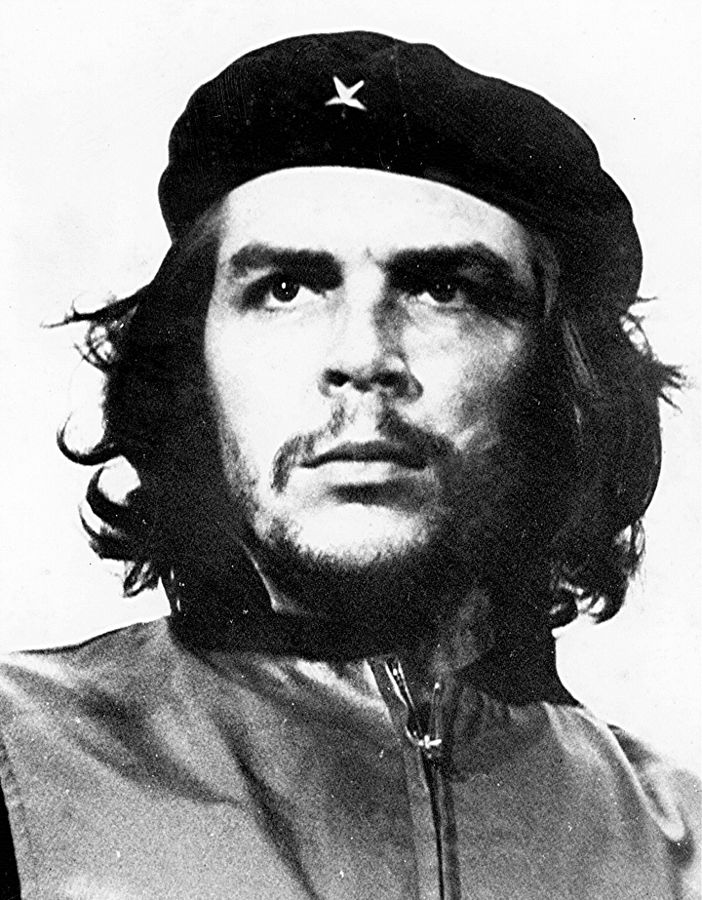
5. The Beatles at Abbey Road – Iain Macmillan – 1969
It's amazing how one of the most iconic images of music of all time could have been performed so naturally and on such short notice.
It is said that the session lasted about 10 minutes, and the camera used was a Hasselblad with a 50mm lens. The exposure settings were f/22 and 1/500 of a second.
Paul McCartney had made some sketches of how he wanted the image to look, but it was the trusted photographer Iain Macmillan who took care of the magic.
Today you can purchase a limited and numbered reproduction of the picture, signed by Iain Macmillan, for a mere £25,000.00.
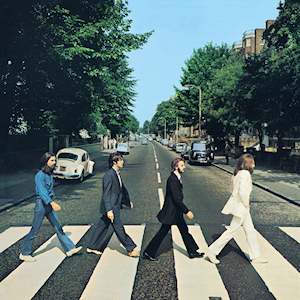
6. Nuestra señora de las iguanas – Graciela Iturbide – 1979
Recently I met “Our Lady of the Iguanas”, and I also discovered the amazing photographs of Graciela Iturbide. The image has become a symbol not only in the Mexican region but also a symbol of the diaspora.
Iturbide is very closely involved with her subjects, and it is in a market of Juchitán where she meets an iguana saleswoman and asks to make a portrait of her. The lady, named Sobeida, felt the nature and humanity of Graciela and happily agreed to be portrayed by her.
Today the image illustrates traffic signs, bottles of tequila, t-shirts, murals, and many other things. In this video, you can see more of her work, and learn the story behind her iconic photography.

7. Tank Man – Jeff Widener – 1989
Jeff Widener never imagined what he would see in the distance from his sixth-floor balcony of the Beijing Hotel a day after the massacre in Tiananmen Square.
A row of tanks was advancing down a wide street when a still-unidentified man bravely stood in front of them. Eventually, the man was carried away, but not before Widener immortalized his brave act of resistance. Today it is considered a huge symbol of resistance to the oppression of totalitarian governments.
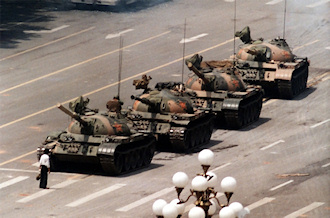
It is likely that many of these images have been seen on T-shirts, or in illustrations, and even in satires like The Simpsons or Family Guy. But the most important thing is to recognize how a photograph can become a symbol that transcends the initial message of the original image.






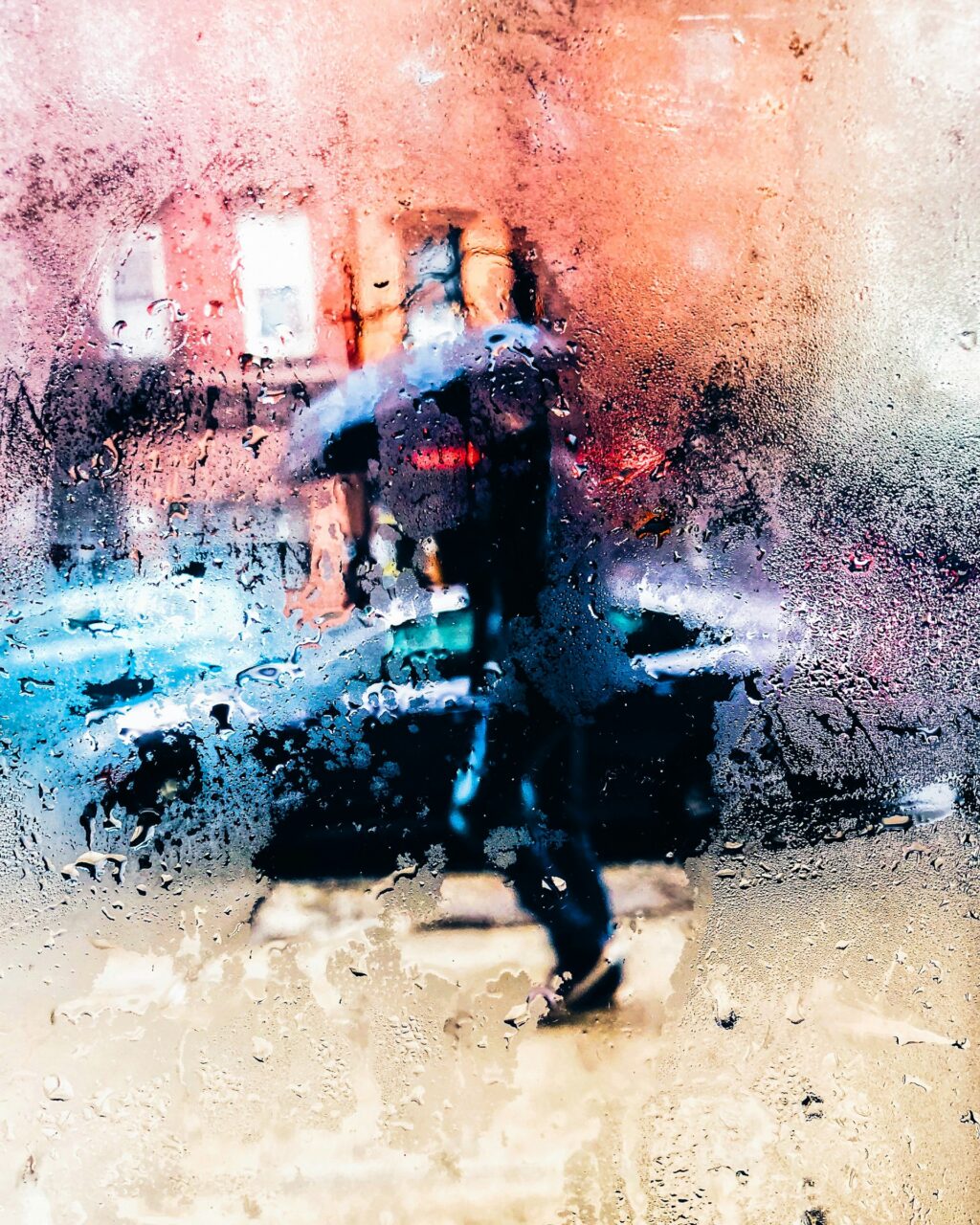
1 Comment
All the images are truly iconic. My favorite? Che Guevara image.